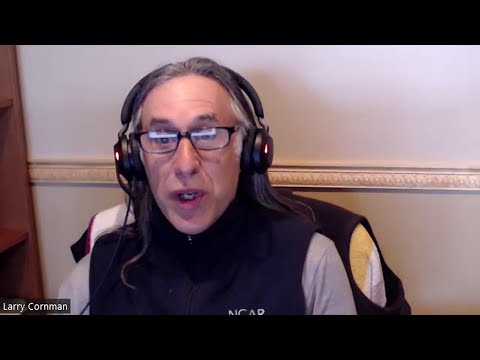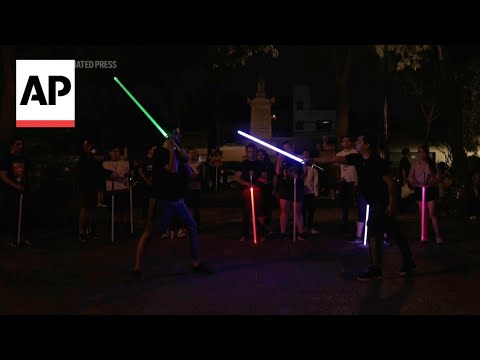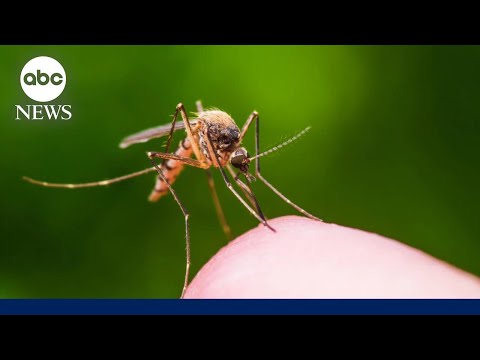(21 May 2024)
RESTRICTION SUMMARY:
ASSOCIATED PRESS
Boulder – 21 May 2024
++STARTS AND ENDS ON SOUNDBITE++
1. SOUNDBITE (English) Larry Cornman, project scientist at the National Science Foundation National Center for Atmospheric Research:
in a basic sense, turbulence is the random motion of the wind, at least from the aviation perspective. Turbulence can be random motion of any fluid. But what we’re talking about here is random motion of the air. So what can cause that? Well, there’s lots of sources. Toward the ground, you can have heating that causes air to rise rapidly, and you can get turbulence due to air motions one against the other. At higher altitudes where most aircraft are flying, the main sources are one, clear air turbulence, which is kind of a misnomer, because it can be, not clear air, but there can be the source due to clear air. That is, you can have the jet stream causing winds to be very strong. And toward the edges of the jet stream, you can get very large shears. So changes in the wind speed and direction, typically as a function of altitude. And those shears cause the wind to break
down into eddies.
++BLACK FRAMES++
2. SOUNDBITE (English) Larry Cornman, project scientist at the National Science Foundation National Center for Atmospheric Research:
"When these, breaking wave scenarios, they’re packing a lot of energy in a very localised area. So it’s very hard to forecast when or where those might occur. And then, you know, what altitude they may occur. So typically, you know, events like this happen because they come without much warning. A pilot may not know what’s coming up ahead of them. For example, if it’s clear, aircraft don’t have any sensors that can look ahead and see, when changes due to clear air."
++BLACK FRAMES++
3. SOUNDBITE (English) Larry Cornman, project scientist at the National Science Foundation National Center for Atmospheric Research:
"It’s not uncommon to have turbulence encounters that cause minor injuries, you know, up to, say, a broken bone. But fatalities very, very rare. And, especially for large transport aircraft."
++BLACK FRAMES++
4. SOUNDBITE (English) Larry Cornman, project scientist at the National Science Foundation National Center for Atmospheric Research:
I think there have been some studies, indicating that climate change may, you know, reiterate, may have an effect in increasing turbulence in the future. Now, you know, since many of the sources of turbulence I talked about jet stream, convection, you know, kind of related to, heating of the atmosphere, you get more convection when there’s more heating, you get more jet stream activity when there is, changes in atmospheric pressure, potentially due to changes in when wind flows, jet stream flows. So it’s not unclear that, climate change wouldn’t have an effect, but it’s just a hypothesis. It seems reasonable, but there’s no proof of that yet. You know, based on data that we do have, you know, I would say there’s maybe a slight increase in what we’ve seen, but it’s hard to say whether that’s due to the atmosphere changing and airlines being more sensitive to turbulence and trying to reroute around it. And as I mentioned earlier, better forecasting of turbulence and measurements of turbulence.
++BLACK FRAMES++
5. SOUNDBITE (English) Larry Cornman, project scientist at the National Science Foundation National Center for Atmospheric Research:
"One, keep your seatbelt on when you can. That’s a major safety. I think everyone knows that pilots tell that to people, but people still are lax in doing that. So I think that’s key."
++ENDS ON SOUNDBITE++
STORYLINE:
Find out more about AP Archive: http://www.aparchive.com/HowWeWork
Twitter: https://twitter.com/AP_Archive
Facebook: https://www.facebook.com/APArchives
Instagram: https://www.instagram.com/APNews/
You can license this story through AP Archive: http://www.aparchive.com/metadata/youtube/e1f66a68388645ef8cf76000e161fc28





